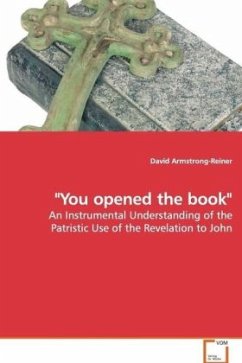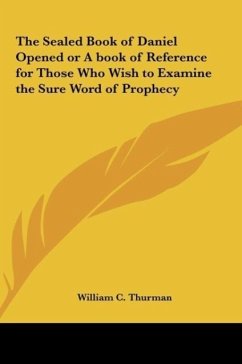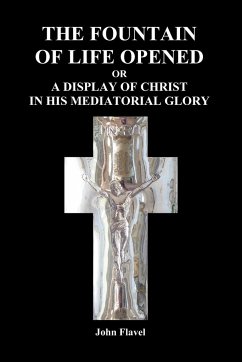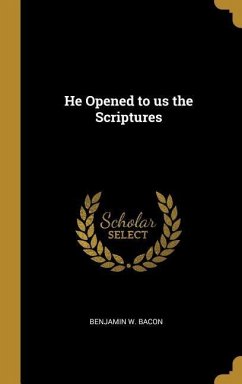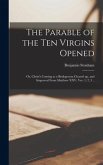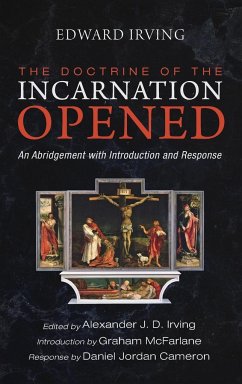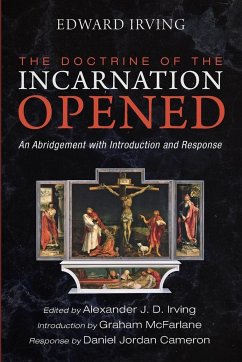When patristic writers used the Revelation to John,
they did not so much exegete the text as they used
interpretations of its images to open up the meaning
of Scripture and to understand their doctrinal
concerns and ecclesial context. This work
demonstrates this with the three sets of images most
cited in the patristic period: the scroll, lion, and
lamb (Rev 5); the woman, child, and dragon (Rev 12);
and the binding of Satan, final judgment, millennial
reign and New Jerusalem (Rev 20-21). Patristic use
of Rev 5 expressed a Christological understanding of
Scripture: Christ was the key to understand all of
Scripture, and Christ was revealed in all of
Scripture. Their use of Rev 12 reflected a belief
that conflict with Christ and his followers has
existed since the beginning, especially in the
presence of the Adversary, Satan. The patristic use
of Rev 20-21 provided two different responses as to
how that cosmic conflict would be resolved. First,
the conflict is resolved in history, as God would
destroy all that would oppose God. Second, the
conflict is spiritualized, so that it is resolved
within the soul or within heaven.
they did not so much exegete the text as they used
interpretations of its images to open up the meaning
of Scripture and to understand their doctrinal
concerns and ecclesial context. This work
demonstrates this with the three sets of images most
cited in the patristic period: the scroll, lion, and
lamb (Rev 5); the woman, child, and dragon (Rev 12);
and the binding of Satan, final judgment, millennial
reign and New Jerusalem (Rev 20-21). Patristic use
of Rev 5 expressed a Christological understanding of
Scripture: Christ was the key to understand all of
Scripture, and Christ was revealed in all of
Scripture. Their use of Rev 12 reflected a belief
that conflict with Christ and his followers has
existed since the beginning, especially in the
presence of the Adversary, Satan. The patristic use
of Rev 20-21 provided two different responses as to
how that cosmic conflict would be resolved. First,
the conflict is resolved in history, as God would
destroy all that would oppose God. Second, the
conflict is spiritualized, so that it is resolved
within the soul or within heaven.

